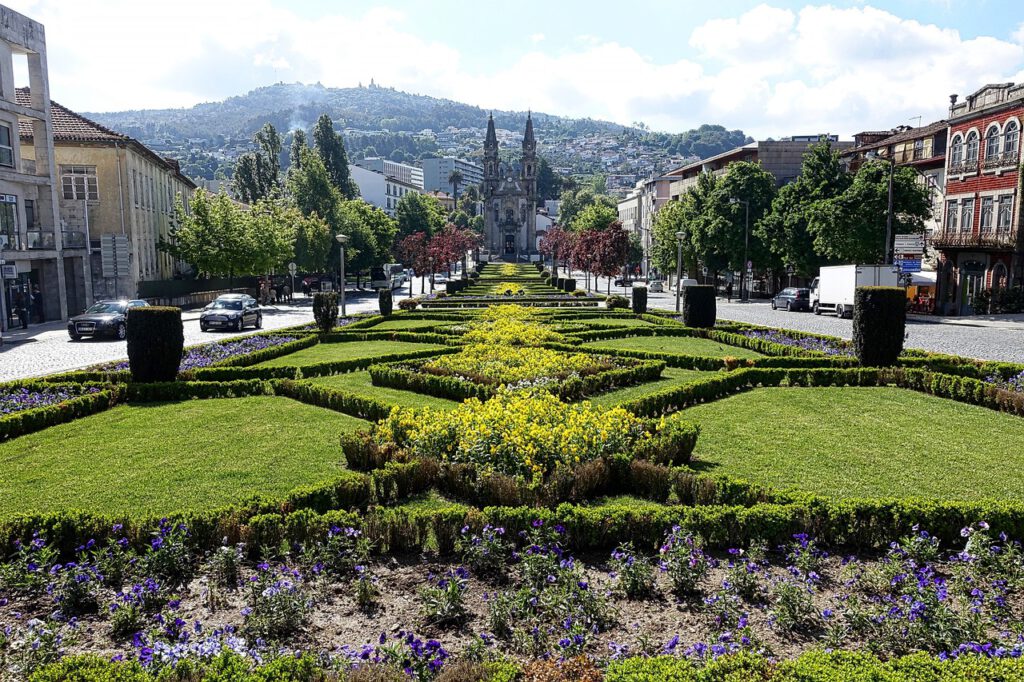Hardy Plants and Hues: A Guide to Sustainable Landscaping in Michigan
by siteadmin

Michigan’s diverse climate poses unique challenges for landscaping enthusiasts. However, with careful planning and consideration of hardy plants, you can create a sustainable and vibrant landscape that thrives in the Great Lakes State. In this guide, we’ll explore the beauty of hardy plants and the art of incorporating various hues into your Michigan landscape.
Understanding Michigan’s Climate
Michigan experiences a range of climates, from the chilly winters near the lakeshores to the warmer summers inland. Choosing plants that can withstand these temperature fluctuations is crucial for a resilient landscape. Native plants are often well-adapted to the local climate, requiring less maintenance and resources.
Selecting Hardy Plants
When it comes to building a sustainable landscape, hardy plants are your best allies. Consider incorporating native species such as coneflowers, black-eyed susans, and native grasses. These plants are not only adapted to Michigan’s climate but also support local ecosystems by attracting native wildlife.
Drought-Tolerant Landscaping
Michigan is not immune to periods of drought, particularly in the summer months. Opting for drought-tolerant plants not only conserves water but also ensures your landscape remains vibrant during dry spells. Lavender, sedum, and yarrow are excellent choices for creating a water-wise garden.
Embracing Michigan’s Natural Hues
Michigan’s landscapes boast a spectrum of natural hues throughout the seasons. Capture the essence of the state by selecting plants that complement the changing colors. In the spring, flowering crabapples and lilacs add pops of color, while the fiery foliage of maples in the fall creates a stunning display.
Incorporating Evergreens
Evergreen plants play a crucial role in maintaining year-round interest in your landscape. Pine, spruce, and juniper not only provide greenery during the winter months but also offer shelter for wildlife. Their ability to retain leaves year-round contributes to the overall sustainability of your garden.
Mulching for Sustainability
Mulching is a simple yet effective practice that enhances the sustainability of your landscape. It helps retain moisture, suppress weeds, and regulate soil temperature. Opt for organic mulches like bark or wood chips, which break down over time, enriching the soil with valuable nutrients.
Rain Gardens for Water Management
Michigan occasionally experiences heavy rainfall, posing a risk of soil erosion and water runoff. Designing a rain garden with native plants helps manage excess water, preventing soil erosion and providing habitat for pollinators. Incorporate a variety of plants with different root depths to maximize water absorption.
Creating a sustainable and visually appealing landscape in Michigan involves careful consideration of hardy plants and an understanding of the state’s unique climate. By embracing native species, drought-tolerant plants, and a palette inspired by Michigan’s natural hues, you can build a resilient garden that thrives year-round. With the right choices, your landscape can contribute to the overall health of the environment while providing a picturesque setting for you to enjoy.
Michigan’s diverse climate poses unique challenges for landscaping enthusiasts. However, with careful planning and consideration of hardy plants, you can create a sustainable and vibrant landscape that thrives in the Great Lakes State. In this guide, we’ll explore the beauty of hardy plants and the art of incorporating various hues into your Michigan landscape. Understanding…
Recent Posts
- SEO Services for Small Business: Boost Your Online Presence
- Lawn Care Spring Branch Advocates for Property Care: Combatting Weed Growth and Preserving Curb Appeal
- Expert Cleaners Lexington Announces Commitment to Safe, Sustainable Cleaning Practices, Expanding to Georgetown, KY
- Expert Cleaners Lexington Announces Commitment to Safe, Sustainable Cleaning Practices, Expanding to Georgetown, KY
- Fox Run Animal Hospital: Your Trusted Veterinarian in Lapeer, MI
